The photographer comparing the Blitz to present-day Plymouth
- Published
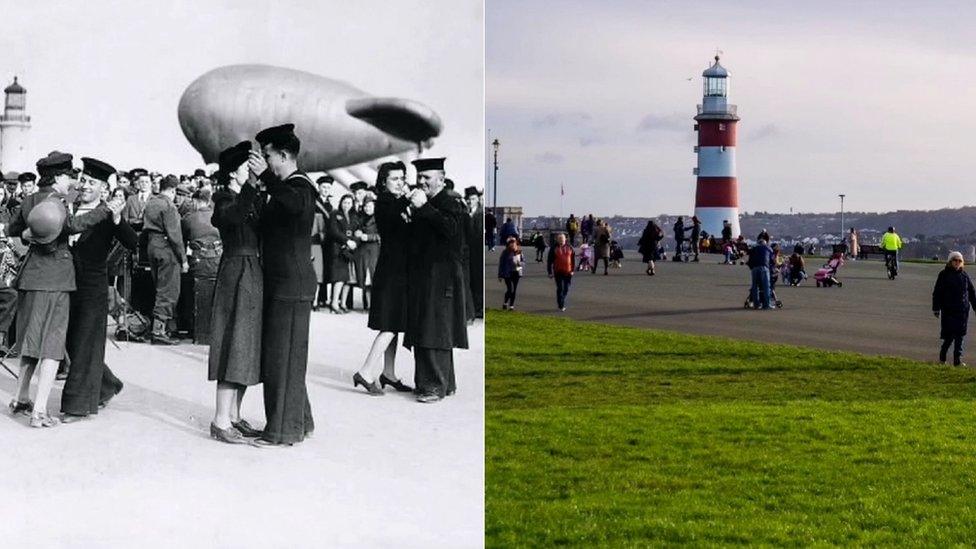
A photographer has set out to explore and compare how much life has changed since the Blitz in World War Two.
After coming across some "rarely seen photos", Gareth Smith spent lockdown hunting down where they had been taken and capturing modern day comparisons.
The Royal Navy sailor said he "almost felt like a detective at times".
He said the project, mainly focusing on scenes in Plymouth, Devon, brought a "sense of perspective" to what living conditions were like during the war.
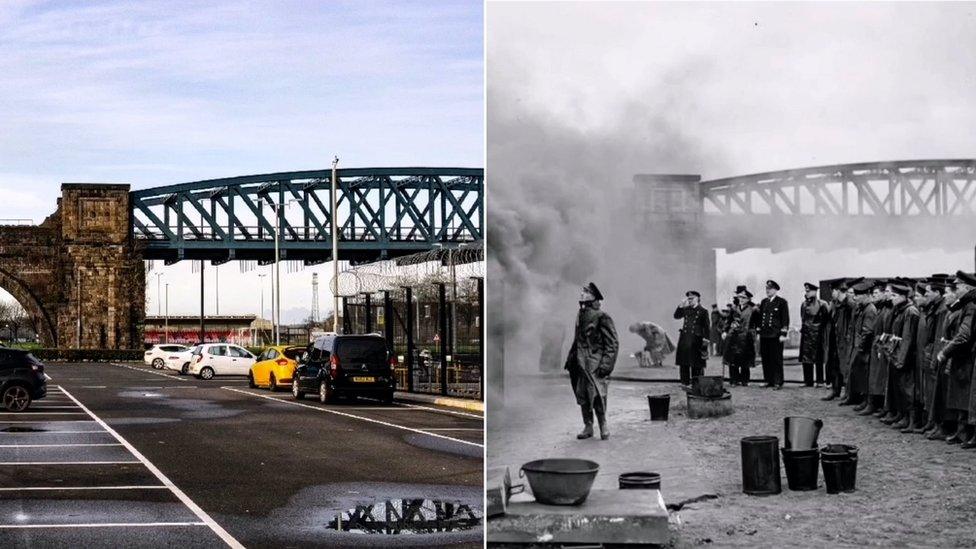
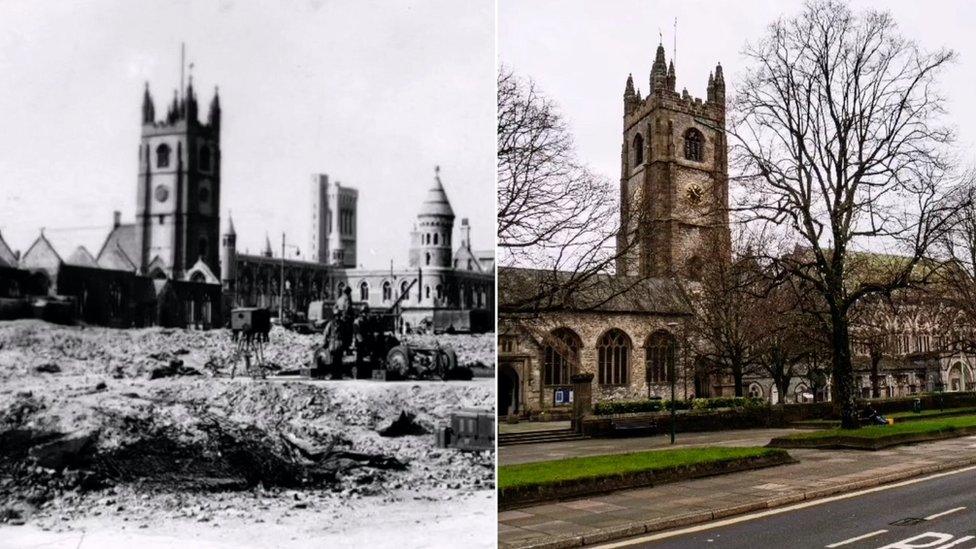
"It's very inspiring, and how people are struggling to live now is nothing compared to just over 80 years ago," said Mr Smith, an able seaman.
Despite many people being left homeless, they still had the courage to "fight on" and "rebuild the city".
Mr Smith, who was based with the navy in Plymouth for four years, said he initially wanted to research the photographs to learn more about the city and understand how people lived during the war.
"I first came across the image of the sailors dancing on the Hoe to the military band, which has an authentic and romantic feel to it," he said.
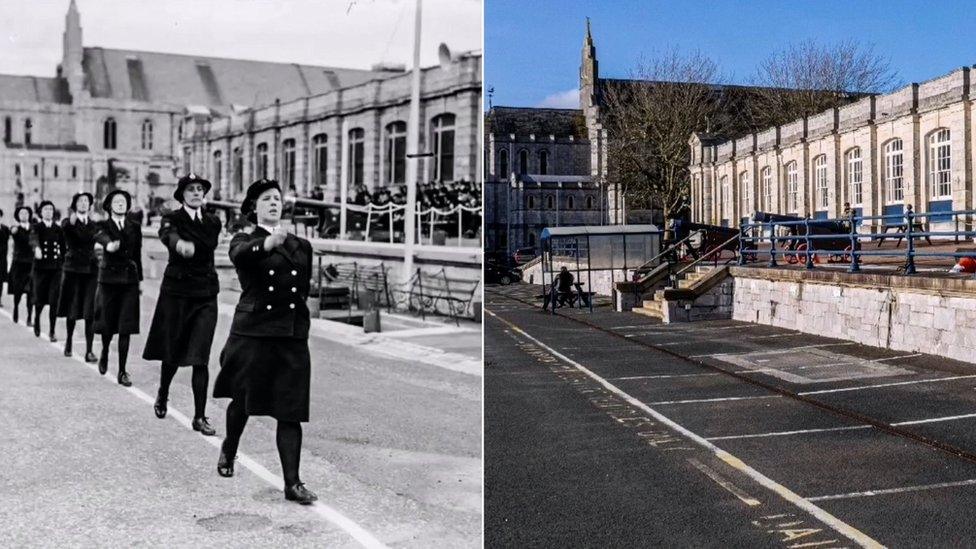

He said the process of locating where the original pictures had been taken felt like "detective" work, especially as the landscape and infrastructure had often changed so much.
"As soon as I had the idea and started building motivation into researching these images, I became sort of a bit obsessed with it," he said.
It was satisfying finding the exact locations, said the photographer, originally from St Albans in Hertfordshire, but he admitted he was not able to find matches for all the photographs.
He said he spent lots of time looking for streets, only to discover they "don't even exist any more".
Since finishing the project, Mr Smith has started a military photography course in Cosford, Shropshire.
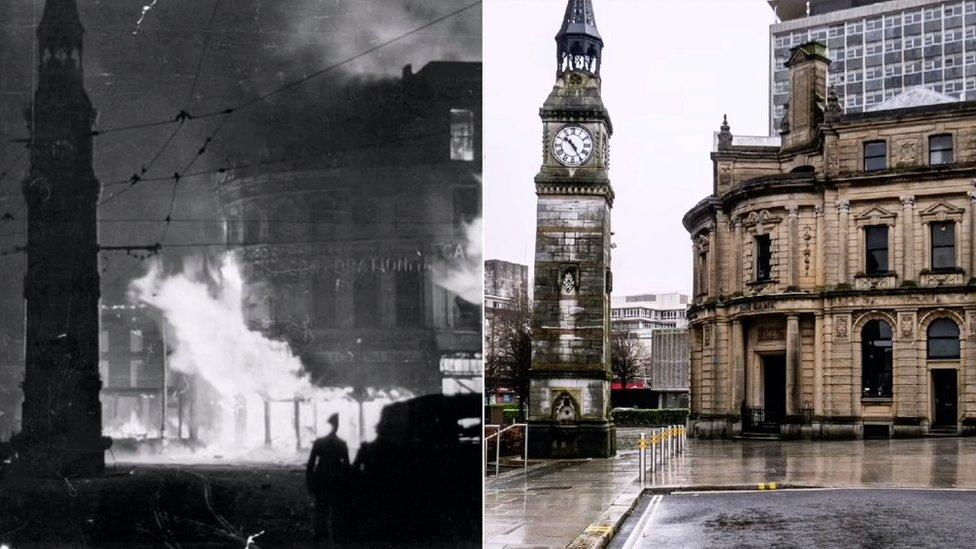
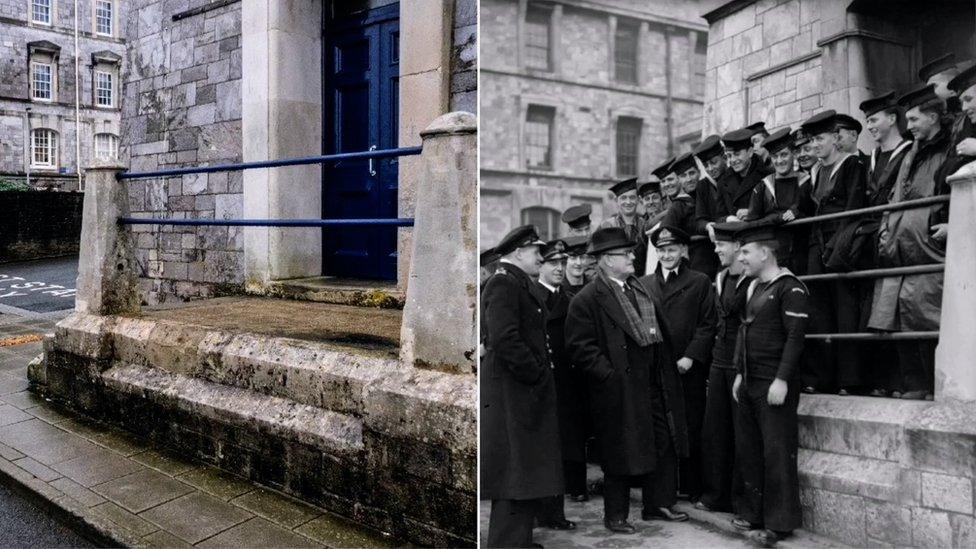
The former cruise ship photographer said he got "amazing reactions" to the pictures.
"I've heard lots of really nice stories … and also some really sad stories about when Charles Church was on fire and never got rebuilt.
"I was almost just doing it for myself, but, as it gathered momentum, I thought we're on to a winner here."
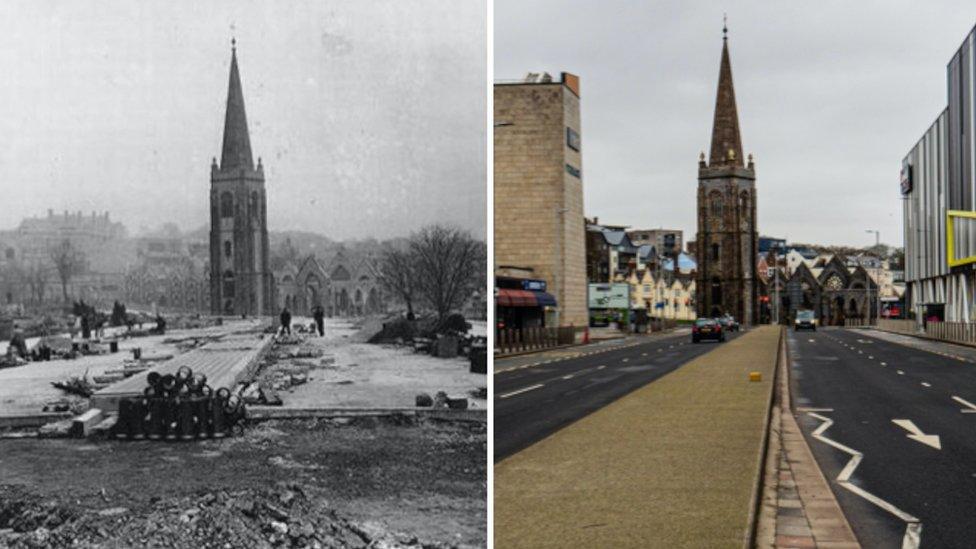
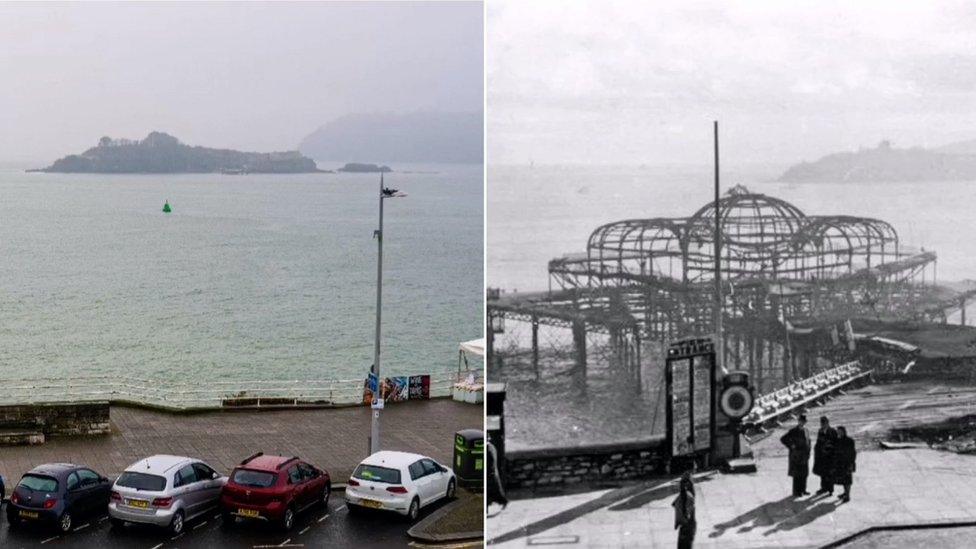
The photographer said: "I've got some great feedback from it, and I think that's the reason why I'm actually doing it.
"People say: 'Hang on, I've walked past that, I can't believe that was used back then like this.'"
Mr Smith said he was planning to continue this project across other areas of England in a bid to highlight how landscapes were changed by the Blitz.
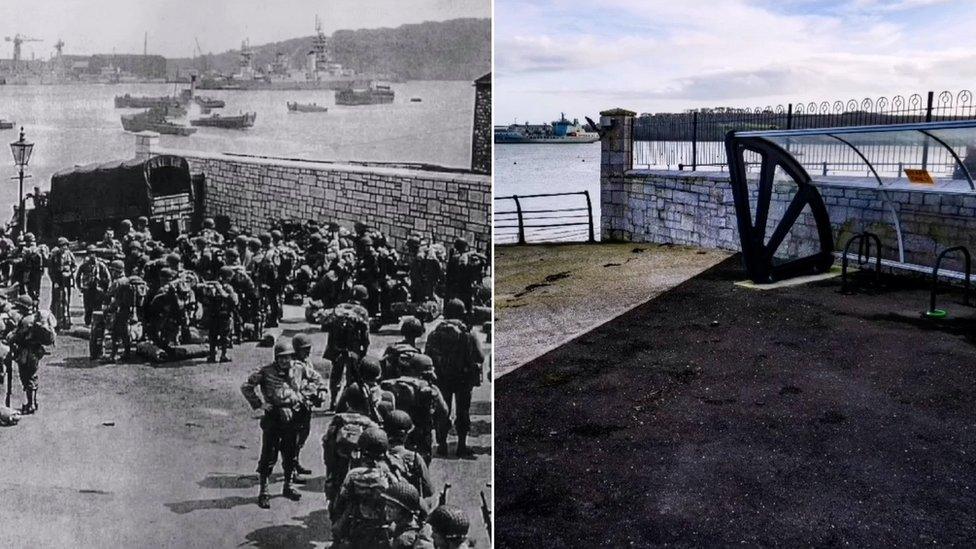
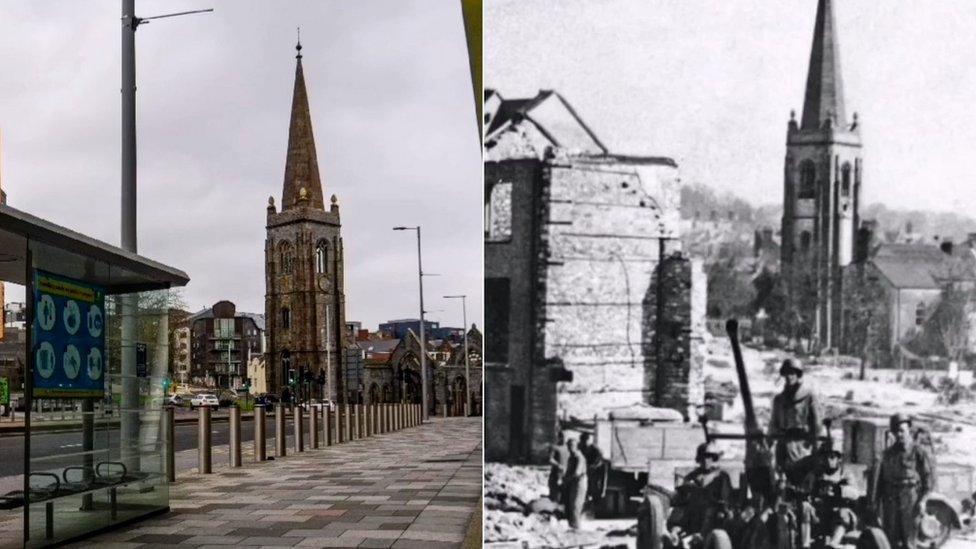

Follow BBC News South West on Twitter, external, Facebook, external and Instagram, external. Send your story ideas to spotlight@bbc.co.uk, external.
- Published7 May 2021
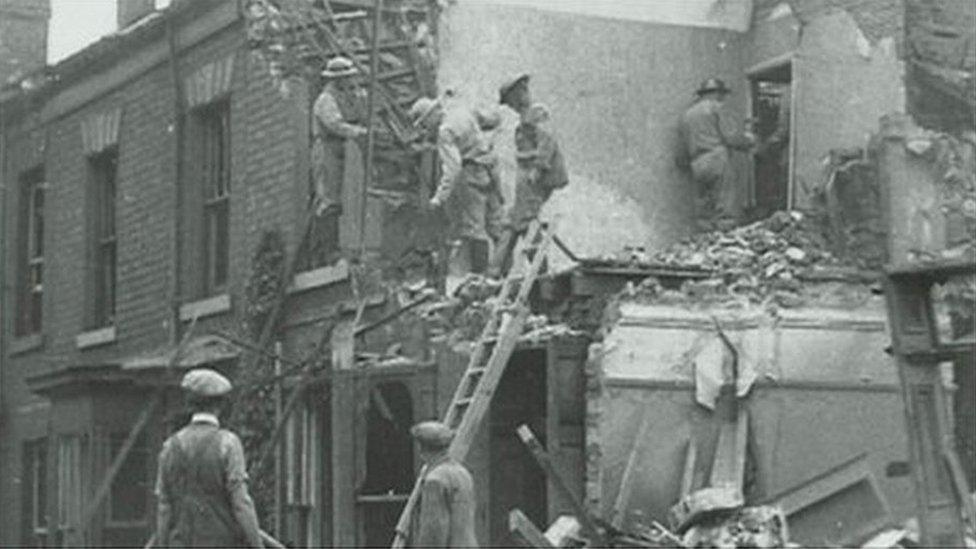
- Published26 April 2021
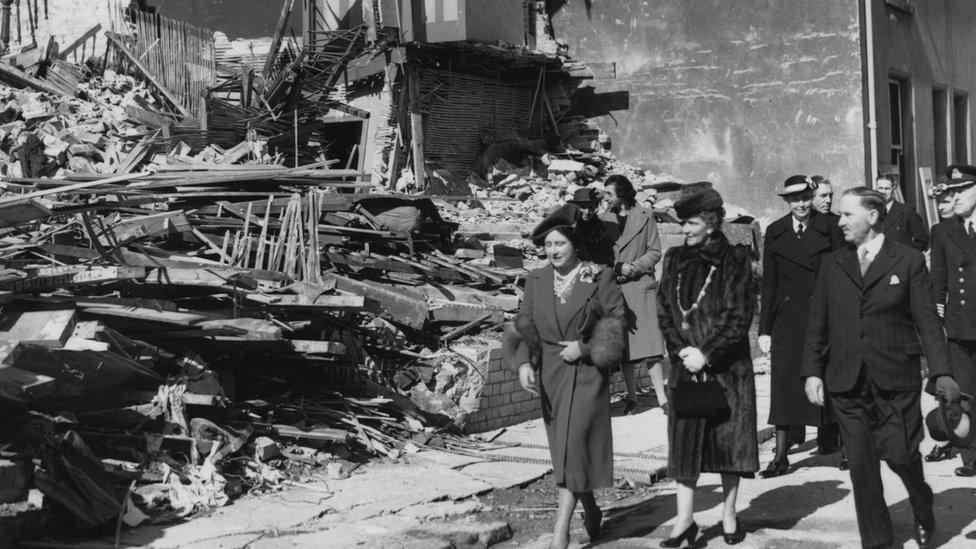
- Published22 April 2016
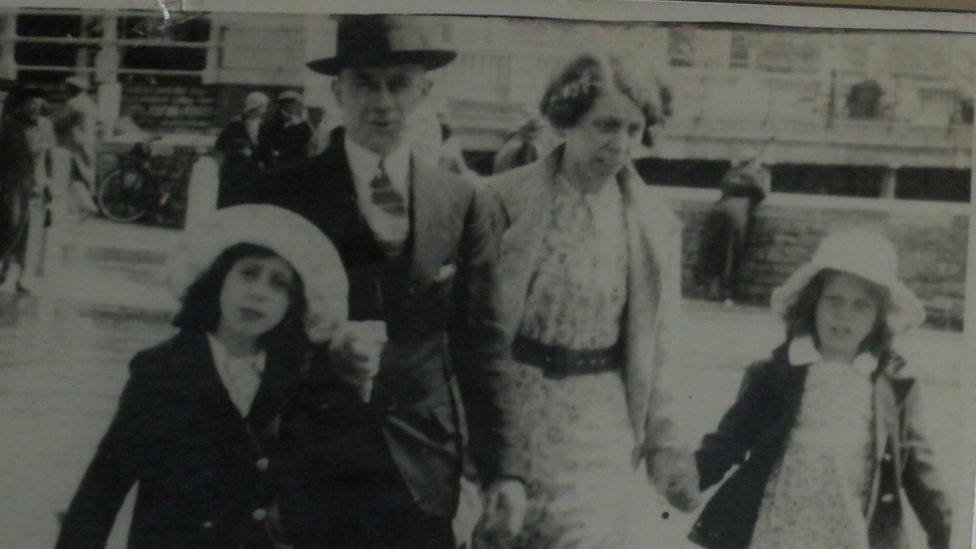
- Published8 November 2020
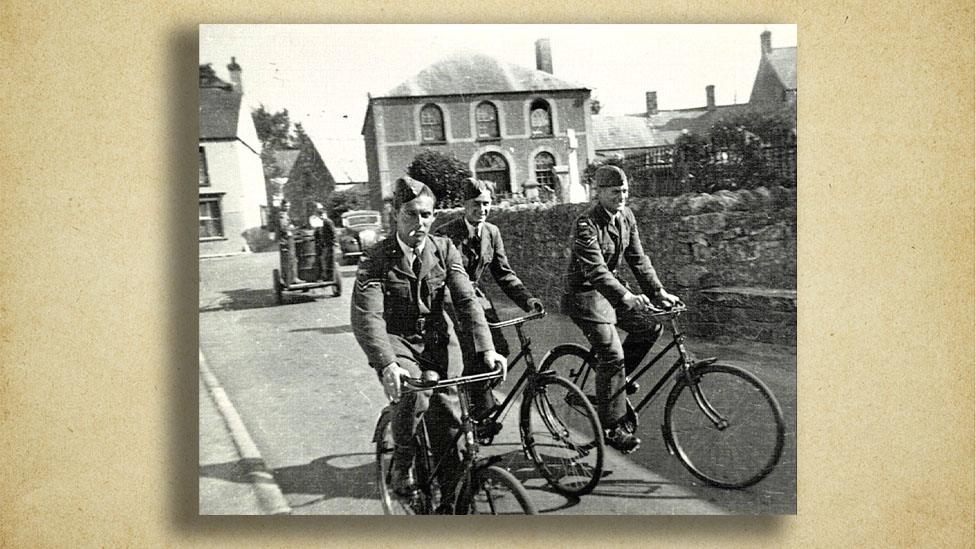
- Published22 April 2016
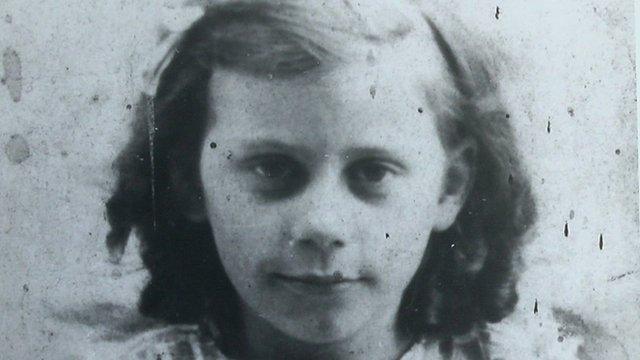
- Published7 September 2015